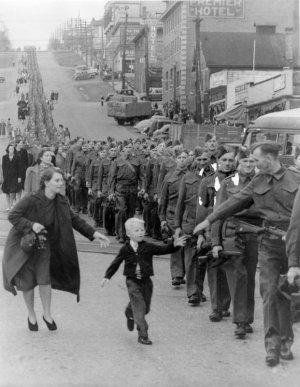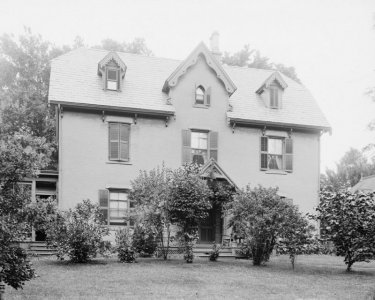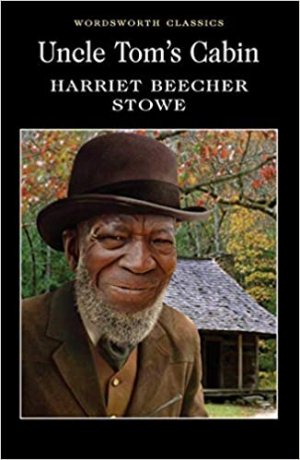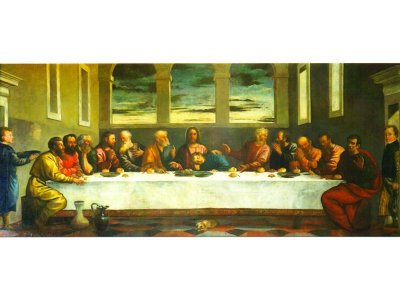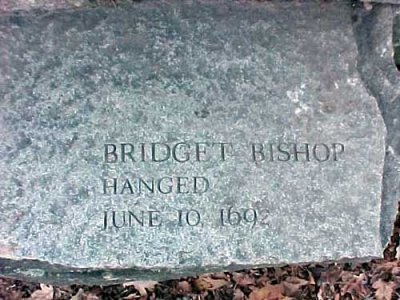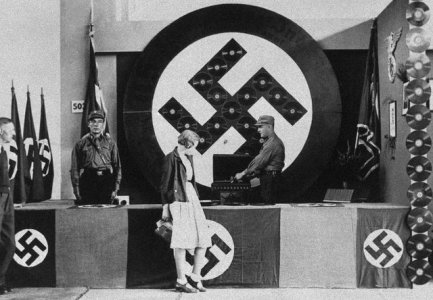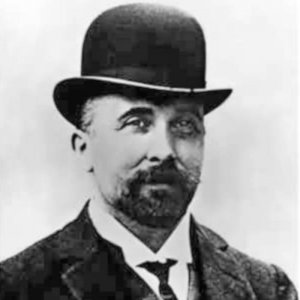RnR
Member
- Location
- Gold Coast, Queensland
3 March 1585 – The Olympic Theatre, designed by Andrea Palladio, is inaugurated in Vicenza, Italy.
The trompe-l’œil onstage scenery, designed by Vincenzo Scamozzi, to give the appearance of long streets receding to a distant horizon, was installed in 1585 for the very first performance held in the theatre. Despite bombings and other misfortunes, the stage sets have miraculously survived into modern times.
The Teatro Olimpico contains the oldest surviving stage set still in existence.

The trompe-l’œil onstage scenery, designed by Vincenzo Scamozzi, to give the appearance of long streets receding to a distant horizon, was installed in 1585 for the very first performance held in the theatre. Despite bombings and other misfortunes, the stage sets have miraculously survived into modern times.
The Teatro Olimpico contains the oldest surviving stage set still in existence.






